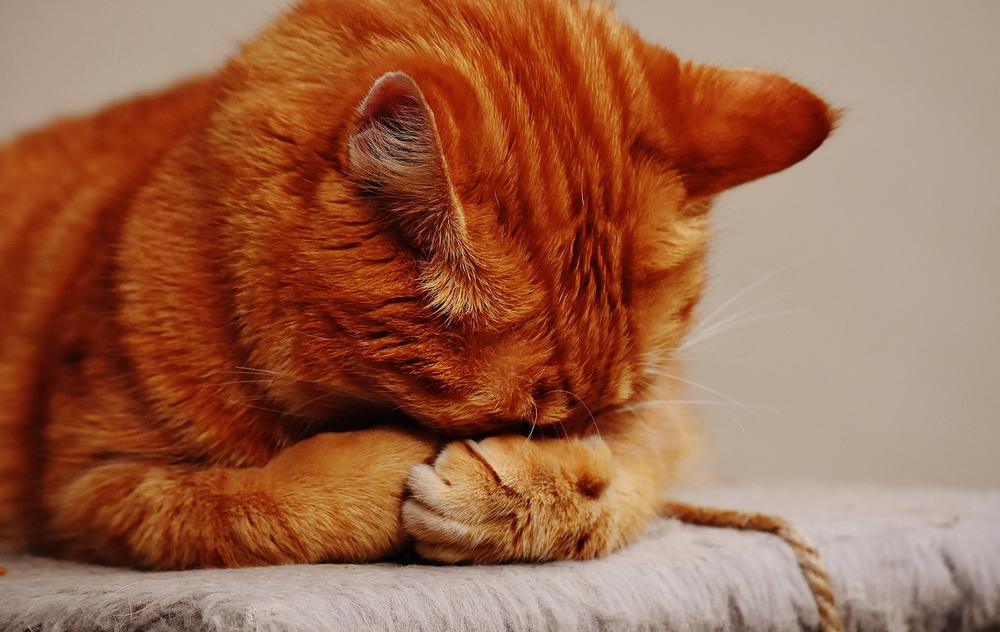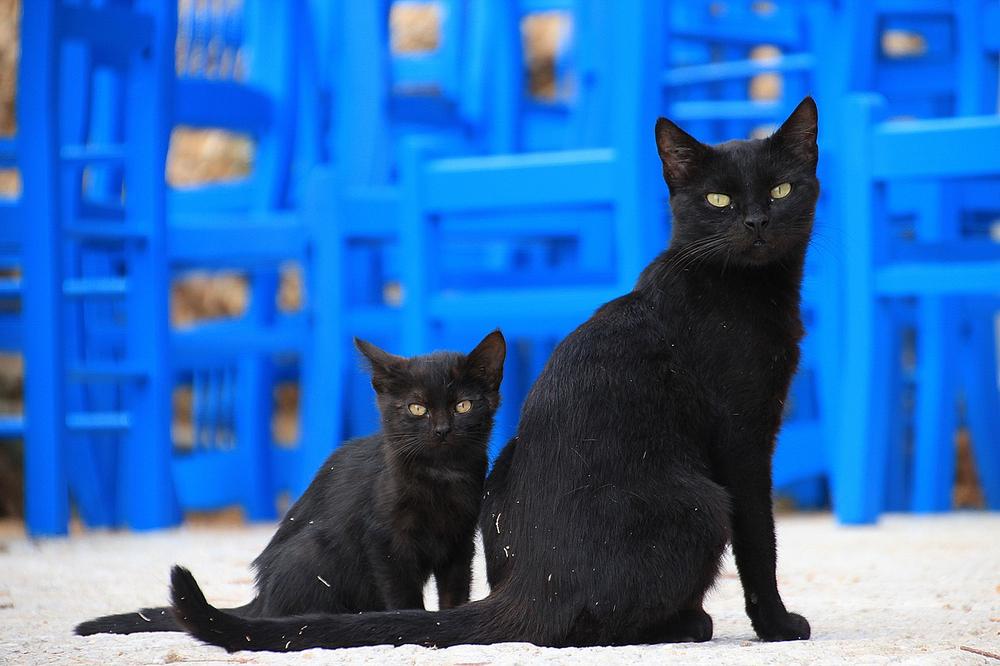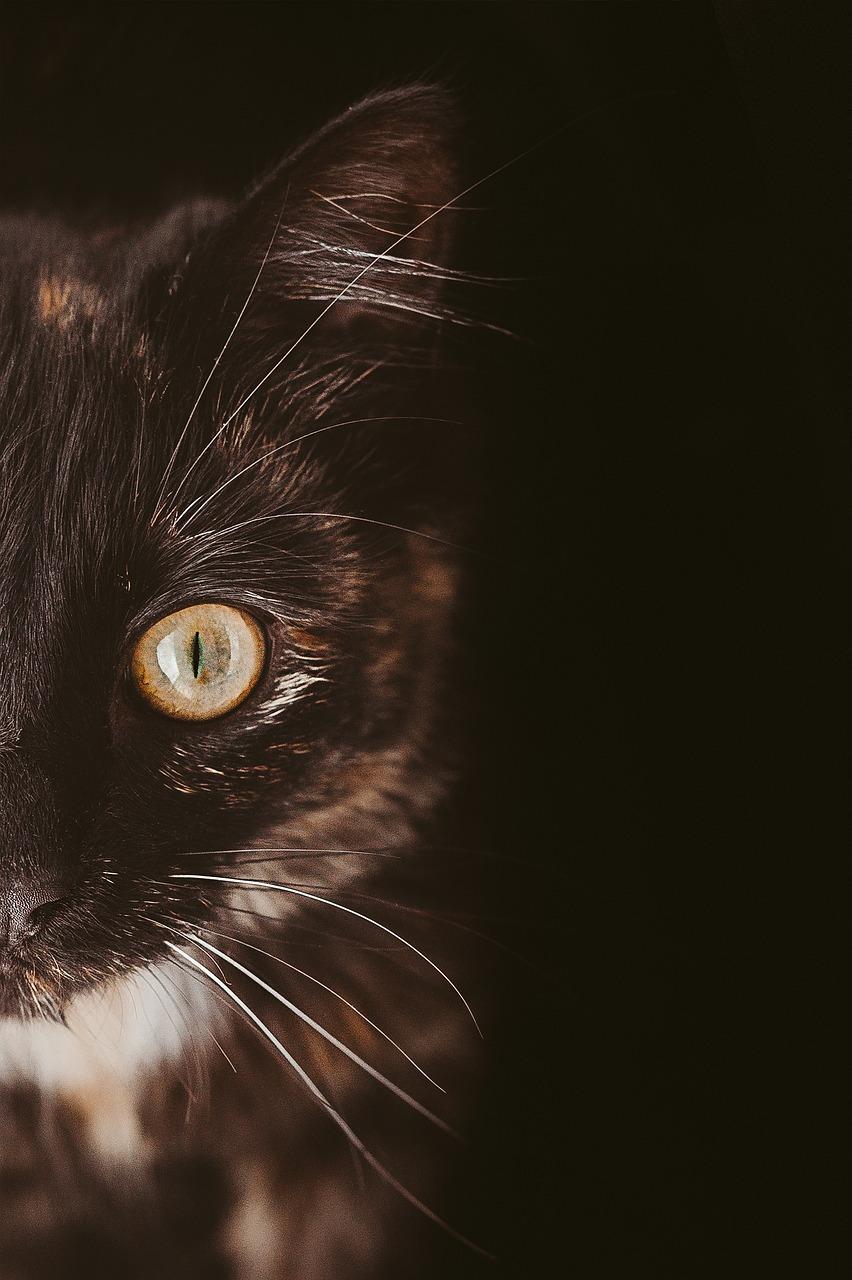Do Cats Stay in Heat After Mating?

Worried about what happens to your feline friend after the birds and bees talk?
Wondering if Mikey will ever be the same again? 🤔
Let's dive into the world of cat reproduction, satisfy your curiosity, and put your mind at ease.
Shall we begin?
How Long Does Cat Stay in Heat After Mating?
The length of time a cat stays in heat after mating is unpredictable
So, you're wondering how long your furry friend stays in heat after mating, am I right?
Well, let me tell you, it's quite tricky to pin down.
It can vary depending on factors like age and hormonal balance specific to each individual.
But don't you worry, my friend!
Here's what I know for sure!
Female cats will stay in heat until they become pregnant
Oh yeah, you better believe it!
Those lovely lady cats won't back down until they've successfully mated and become mommas-to-be. It's just the way nature works, you know?
Now, let me ask you this.
What happens if they don't get pregnant?
Well, brace yourself for this one:
They'll stay in heat. And trust me, that's no good for both them and you.

That constant yowling can drive anyone up the wall, including you, right?
So, here's the thing:
It's highly advisable to get your feline friend spayed.
Not only will it save everyone from agony, but it also helps control population numbers in the long run.
Plus, it's just better for their all in all well-being, you know?
A heat cycle usually lasts around four to seven days...
On average, a female cat's heat cycle typically lasts about four to seven days.
But hey, hold onto your whiskers because it's not set in stone, okay?
Some cats might wrap things up in just two days, while others may take up to an astonishing three weeks.
So, keep your eyes peeled and be prepared for anything during your furball's heat cycle. Trust me, you never know with these little ladies, right?
Oh, and get this, during each heat cycle our little ladies may mate up to 30 times!
Isn't that something?
Yep, that's just their way of maximizing the chances of becoming a proud mommy.
It's a wild world out there, my friend!
Main points I'll expand upon further down this article:
- Signs of a cat in heat include increased affection and rubbing against objects.
- To soothe a cat in heat, isolate her from male cats and provide diversion through play and petting.
- Heat cycles in cats occur every two to three weeks starting at four to five months of age.
- Unspayed female cats will continue to go into heat until they become pregnant or are spayed.
- Frequent heats can be stressful for cats and may result in weight loss and behavioral issues.
- Cats can conceive kittens at a young age and may continue to go into heat while nursing.
- Ovulation is triggered by mating in cats, and it may take multiple matings for pregnancy.
- Preventing heat is important to avoid stress and behavior issues in cats.
- Male cats do not exhibit notable behavioral changes after mating.
- Maintaining a happy and healthy pregnant cat involves spaying, a balanced diet, a stress-free environment, and regular vet checkups.
Signs Your Cat Is in Heat
How to Know If Your Cat Is in Heat:
- She won't stop meowing: When your cat starts screaming her lungs out, it's a surefire sign that she wants some male attention.
- She can't sit still: If your cat is constantly pacing back and forth like she's got ants in her pants, it means she's on the hunt for a mate.
- Check out the position: Look for your cat crouching low with her butt up in the air – it's her way of saying "I'm ready for action!"
- Watch her roll around: You might catch your feline friend doing some floor gymnastics – rolling and twisting to grab the attention of potential suitors.
- Don't let her escape: When the heat is on, cats will try everything to run free, especially if there are males lurking around. Keep a close watch, buddy!
When your furry companion is feeling hot under the collar, here are a few tips to help her chill out:
- Block access to boys: Keep her away from those unneutered Casanovas to avoid any surprise kitten arrivals.
- Spray some Feliway: Give her a little spritz of this calming stuff to ease her anxiety and keep the peace.
- Playtime and cuddles: Give her something fun to do or shower her with affection – it'll distract her and bring some relief.
If your cat has already done the deed, be on the lookout for signs like increased downtime, grumpiness, extra pounds, and nesting behavior.

Now that you know the signs your cat is in heat, let's delve into the fascinating world of their heat cycles.
Have you ever wondered how long these cycles last and what impact they have on your furry companion's well-being?
Well, get ready to discover the interesting stages of a cat's heat cycles and the effects it can have on them!
The Stages of Heat Cycles in Cats
When it comes to heat cycles in cats, there are a few stages you should pay attention to:
- First is the proestrus stage. This is when female cats start showing signs of being in heat, but they can't mate yet because of hormonal changes.
- Then comes estrus, the actual mating stage. Female cats become more affectionate and vocal, and their behavior may change. It's important to keep them indoors at this time to avoid unwanted pregnancies.
- After that is the intestrus phase, which is the resting period between heat cycles. Cats seem normal and don't show any symptoms of being in heat.
- Finally, there's anestrus, the time of reproductive inactivity. It can last for a few weeks or months, depending on factors like location and the cat's biology.
Heat cycles can stress out cats, so you need to watch their behavior and provide comfort.
But here's an easier solution:
Spaying your female cats.
It's a great way to avoid complications from heat cycles altogether.
And now, let's delve deeper into the fascinating details of heat cycles in cats.
I will guide you through the hormonal fluctuations that regulate their behavior and fertility, as well as the potential issues that may arise during and after mating...
What Happens When Cats Are in Heat?
- You might need to hook your cat up with more than one partner for it to get pregnant. Don't be surprised if they go at it multiple times.
- When cats are in heat, they tend to mark their territory by spraying urine on vertical surfaces. Keep that litter box clean if you want to minimize the spraying.
- Preventing your cat from going into heat will save them from stress and behavior problems. They can lose weight, groom excessively, and develop behavioral issues during this time. It's better to stay ahead of the game and prevent heat altogether.
- Yep, female cats can feel pain during intercourse. The male cat's penis has little barbs that can cause discomfort for the females. Not very pleasant, huh?
- Good news! The heat cycle temporarily stops after mating. Female cats become agitated, rolling on the ground, and rubbing against everything. It's all part of the changes happening inside them.
- Watch out for post-mating aggression. Those hormonal changes can make female cats act unpredictably and even aggressively. Be ready for some feisty behavior! 😺
And speaking of cats in heat, if you're wondering about their behavior during the winter months, you'll find all the answers in my article: Do Cats Go Into Heat in the Winter.

Do Male Cats Also Act Different After Mating?
Male cats do not change their behavior after mating, unlike female cats.
After a male cat has done his job, he’s good to go. No mood swings or sudden personality alterations.
It's the ladies who experience significant changes.
They may become more affectionate or even aggressive.
Female cats also go through hormonal changes during and after mating.
These transformations help prepare them for motherhood, you know, just like in humans.
Remember that each cat is unique, and this information shouldn't replace advice from your veterinarian.
But hey, if you've got a male cat, there's no need to worry about any post-mating drama.
Maintaining a Happy and Healthy Pregnant Cat's Behavior
If you want to ensure your pregnant cat stays healthy and happy, then you have to take some simple steps.
First things first, give your pregnant cat the rest she needs.
Pregnancy can be exhausting, so ensure she has plenty of downtime to relax and recharge.
Next, create a quiet and comfortable space for her. She should feel safe and secure during this time.
To avoid any unwanted pregnancies, it's highly recommended to spay female kittens before they reach six months.
Not only does this help control pet overpopulation, but it also has health benefits for your cat.
Young cats should be kept indoors during their first heat to prevent any surprises.

During pregnancy, you should provide a balanced diet with increased calories. Consult with your vet to determine the right diet and feeding schedule for your cat's specific needs.
Cats are sensitive creatures, especially during pregnancy, so create a stress-free environment by reducing loud noises and limiting visitors.
Regular checkups with your vet are essential.
They will monitor the progress of your cat's pregnancy and address any potential issues.
Don't forget to prepare a cozy nesting box for your cat a few days before delivery.
This will provide a safe and comfortable space for her to give birth and care for her kittens.
In short, prioritize the well-being of your pregnant cat by giving her rest, a peaceful environment, a balanced diet, regular veterinary care, and a cozy nesting area.
Your furry friend will thank you!
And that wraps up today's article.
If you wish to read more of my useful articles, I recommend you check out some of these: Do Pregnant Cats Sleep a Lot, Cat Giving Birth for the First Time, Can a Nursing Cat Get Pregnant, and Can You Travel With a Pregnant Cat
Talk soon,
-Sarah Davis